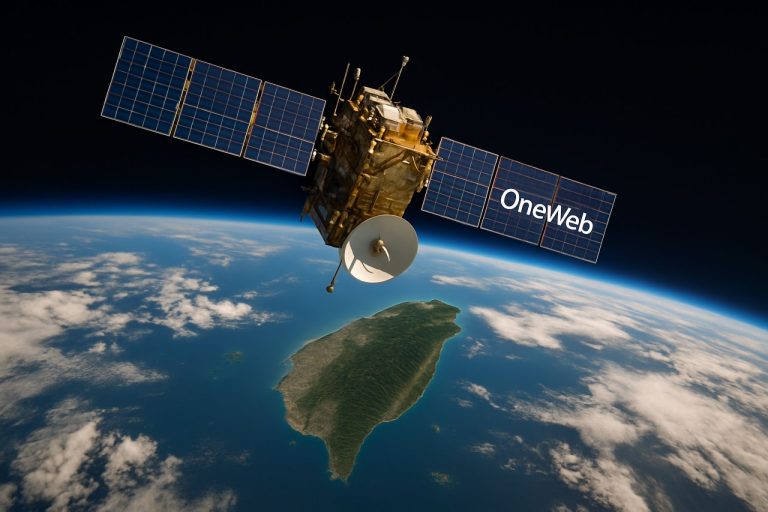
How Digital Innovation and Green Investments Could Slash Emissions by 70% in Eastern Europe and Beyond by 2030
Digitalization and renewable synergy poised to transform aging power grids, cut costs by 80%, and drive a just, clean-energy future in 2025 and beyond.
- $150 billion needed for regional clean energy overhaul by 2030
- 70% potential carbon emission reduction with widespread digitalization
- 80% possible cut in energy costs via smart optimization
- 60% of current energy mix still from fossil fuels
Power grids across South-Eastern and Eastern Europe, the Caucasus, and Central Asia are on the brink of a seismic transformation. A recently published UNECE study signals a clear message: digitalization, combined with renewable energy, can unlock a cleaner, affordable, and future-ready energy landscape for countries stuck with aging Soviet-era infrastructure.
Why Is This Transition Urgent?
The region’s power sector faces an uphill battle. Legacy infrastructure is crumbling under the weight of age and inefficiency—over 60% of Belarus’s thermal plants and much of Georgia’s grid are decades old, causing alarming maintenance costs and energy losses exceeding 12% during transmission.
Add to this mix a heavy dependence on imported fossil fuels. Moldova, for instance, imports a staggering 70% of its power. Financial gaps persist, stalling the rollout of $300 million worth of clean projects in Albania and leaving countries like Kyrgyzstan stuck with outdated hydropower systems. Skills shortages are acute, with up to 30% of Georgia’s energy workers not formally trained in renewables.
As a result, the climate and public health toll is mounting. Emissions from coal-powered plants keep Belarus spewing 8 million tonnes of CO2 annually, while residents of North Macedonia battle suffocating air pollution.
How Can Digitalization Change Everything?
Digital solutions are unlocking unprecedented possibilities across the energy spectrum. The study identifies innovations including:
– Artificial Intelligence (AI) for real-time grid management
– Internet of Things (IoT) to monitor and optimize consumption
– Digital Twins that replicate system operations for predictive maintenance
– Virtual Power Plants integrating scattered renewable sources
These tools promise not only greater system flexibility and cost savings but also vital improvements in cybersecurity and resilience.
Modernizing legacy grids with digital intelligence can turn old infrastructure into smart systems—slashing operating costs, reducing downtime, and allowing clean energy to thrive.
Q&A: The Big Questions
What’s Driving the Push for Digital Grids?
A mix of climate urgency, the need for energy independence, and the pursuit of cost savings. Fossil fuel exposure is a perennial energy security blind spot. Modern digital systems, when combined with renewables, let countries control their destinies by optimizing how, when, and where energy is produced and used.
What Barriers Stand in the Way?
The region must overcome:
– Old Infrastructure: Systems from the Soviet era are costly and inefficient.
– Limited Funding: Securing billions in investment remains a challenge.
– Skills Shortages: Workforce urgently needs upskilling in digital and green tech.
– Energy Security Risks: Heavy reliance on external fuel sources leaves systems vulnerable.
What Did Experts Recommend?
During a high-profile UNECE- and UNDP-backed workshop in Minsk in May 2025, regional decision-makers laid out clear strategies:
– Accelerate cross-border infrastructure projects (like Trans-Caspian high-voltage links) for better regional integration.
– Drive up energy efficiency through digital retrofitting.
– Promote hybrid energy models mixing gas and hydrogen for a flexible, lower-carbon foundation.
– Advance smart grid adoption, regional standards, and interoperability.
How-To: Steps for a Clean, Smart Power Upgrade
1. Scale Investments: Target $150 billion across priority areas by 2030.
2. Adopt Digital Technologies: Deploy AI, IoT, and Digital Twins across the grid.
3. Train the Workforce: Launch massive upskilling programs geared at digital and renewable competencies.
4. Policy Reform: Build robust, flexible regulations to attract global investment and safeguard grid security.
5. Foster Regional Partnerships: Prioritize cross-border infrastructure and data-sharing for synchronized progress.
Bringing It All Together: The Human Side Matters
Critically, experts call for a just, inclusive transition. They stress technology must serve people, not just profit. Equity, social inclusion, and long-term sustainability need to sit at the core of every digital push.
Ready to join the clean energy revolution? Now is the time for governments, investors, and technical experts to unite around bold innovation and far-reaching action.
Time to Act: Transform the Region’s Energy Future—Starting Today!
Clean Energy Digital Transformation Checklist
– Secure funding for grid modernization and renewables
– Implement digital tools and smart grid solutions
– Train energy sector professionals in AI and renewables
– Prioritize cross-border and hybrid infrastructure projects
– Push for policy updates to support clean, resilient power
– Keep human impact and sustainability at the heart of every step
For the latest on sustainable energy policy and updates, visit IEA, World Bank, or UN.



